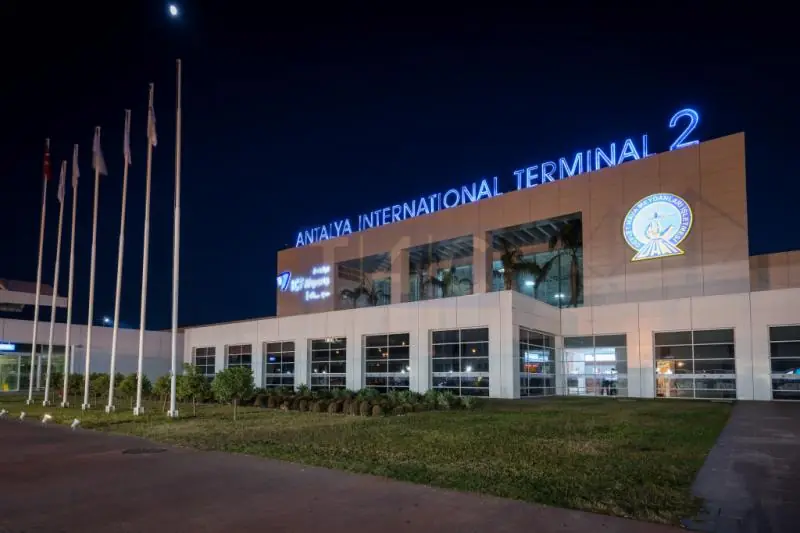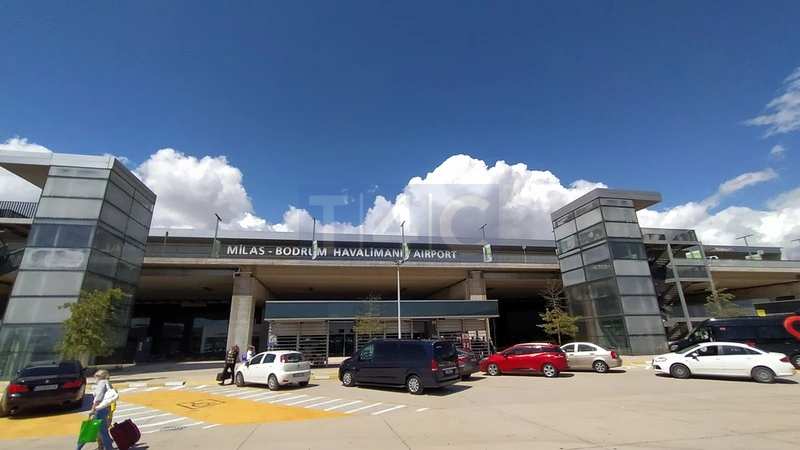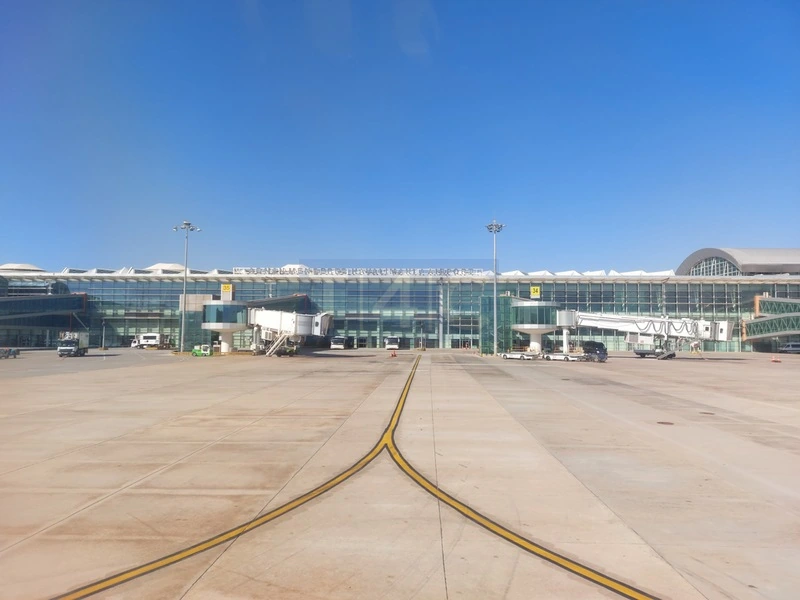The Role of GPS in Modern Airport Transfers
Summary: The role of GPS technology in modern airport transfers has revolutionized the way travelers navigate to and from airports. By providing real-time tracking, route optimization, and enhanced safety features, GPS systems have improved the efficiency of transfer services. Passengers can now enjoy a seamless travel experience, with accurate arrival times and reduced stress. This blog delves into the various ways GPS technology has transformed airport transfers, highlighting its benefits for both passengers and service providers.
In today’s fast-paced world, time is of the essence, especially when it comes to airport transfers. Gone are the days of relying solely on maps and guesswork to find the best route. With the advent of Global Positioning System (GPS) technology, airport transfers have become more efficient, reliable, and user-friendly. GPS has become integral to the transportation industry, particularly in the realm of airport transfer services, enabling both service providers and passengers to benefit from its advanced capabilities.
One of the most significant advantages of GPS in airport transfers is the ability to provide real-time tracking. Passengers can monitor the location of their vehicle, ensuring they are informed about any delays or changes in their pickup. This transparency helps alleviate anxiety and allows travelers to plan their time more effectively upon arrival or before departure.
Moreover, GPS technology enables service providers to optimize routes. By analyzing traffic patterns and road conditions in real-time, drivers can select the fastest and most efficient paths to the airport. This not only reduces travel time but also minimizes fuel consumption, leading to a more environmentally friendly approach to transportation.
Safety is another crucial aspect where GPS plays a pivotal role. With GPS tracking, both passengers and service providers can ensure accountability. In the event of an emergency or unforeseen circumstance, the location details can be quickly accessed, allowing for prompt assistance. Additionally, many modern vehicles equipped with GPS come with safety features like speed monitoring and geo-fencing, further enhancing security during airport transfers.
The convenience of GPS extends to the booking process as well. Many airport transfer services now offer mobile apps that utilize GPS technology, allowing passengers to book rides easily and efficiently from their smartphones. These apps provide estimated arrival times, fare calculations, and even user ratings for drivers, making the entire experience more user-centric.
Furthermore, GPS technology supports the integration of various transportation modes. For instance, passengers can seamlessly transition from their airport transfer vehicle to public transportation, thanks to real-time updates and route suggestions. This connectivity enhances the overall travel experience, making it easier for passengers to reach their final destinations without hassle.
As we look to the future, the role of GPS in airport transfers will only continue to grow. Advancements in technology, such as automated vehicles and smart city infrastructure, will further integrate GPS capabilities, leading to even more efficient and user-friendly transfer services. In conclusion, GPS technology has become a cornerstone of modern airport transfers, providing passengers with a reliable, safe, and efficient way to navigate their journeys.















